Like refrigerators, heat pumps use electricity to move heat from cool spaces or warm spaces, either making those spaces even warmer or cooler depending on the desired results. The technology – which is by no means novel – has received renewed attention across Europe and places like New Zealand as the question of how to decarbonise industrial heating comes into sharp focus. Around 44% of Australia’s final energy consumption comes from industry and of that 52% is used for process heat, according to consultants ITP.
The Australian Alliance for Energy Productivity, an industry and government not-for-profit alliance, was recently engaged by Australian Renewable Energy Agency (ARENA) to conduct modelling into the potential of heat pumps for Australia. It found that while, of course, heats pumps are no silver bullet, the technology could cut a “nice chunk” from Australia’s most difficult to abate emissions, the Alliance’s CEO Jarrod Leak told pv magazine Australia.
Moreover, Leak said heat pump technology has been poorly modelled in the past, leading to them being “grossly underestimated.”
Its modelling found in fact industrial heat pumps are both economically and technically feasible for applications where the required heating was below 90˚C, and are often a superior solution to solar thermal or biogas.
There is a continued perception that heat pumps are too expensive to be viable for industry though – something Leak disputes, saying the issue often lays with system oversizing and a lack of data. We’ll come back to this shortly, but first it’s worth looking at the technology’s most insidious issue: its bad reputation.
Heat pump legacy
Unlike many other technologies needed for decarbonisation, Leak says heat pumps will need to overcome their sketchy legacy to be embraced in Australia.
Poor quality installs and equipment, as well as other issues with programs rolling out heat pumps, have given the technology a bad name in some circles. What’s worse, Leak fears these issues persist.
“There’s a whole bunch of cheap and nasty heat pumps that don’t work and are poorly supported,” Leak said. “There’s an offer on Facebook now to get a new heat pump for $33 because of a government rebate, and normally they cost about $3,000.”
Online, complaints revolving around heat pumps abound – something all but guaranteed to worsen with the installation of $33 systems.
According to Leak, there isn’t enough being done in Australia to introduce minimum standards for heat pump technology – something our neighbours New Zealand are already addressing.
This legacy, Leak says, has led to a cautiousness among government bodies and leaders, who are reluctant to fully endorse the technology.
Behaviour change
Since the uptake of heat pumps in Australia remains comparatively low, there is also an education – or more specifically behaviour change – component. “It’s a different way of heating your house,” Leak says, noting that the heating offered from heat pump systems isn’t radiant like a gas heater, nor is it immediate. Rather, heat pumps need an hour or so to heat or cool a room and the temperature change is far more ambient.
With the introduction of smart homes and the capacity for remote appliance control, these issues could become less pronounced – though few politicians today brave suggesting behaviour changes to their constituents.
Rollout and applications
Even with those issues, Leak believes the residential rollout of heat pumps is vital – even if industry is where most of the benefit lays.
This is because, Leak notes, there’s very little attention is paid to industry technologies. Moreover, the case for heat pumps in residential houses is far easier and more compelling than for commercial buildings. Often, moving to heat pump technology is “not an easy transition for a lot of commercial buildings,” Leak admits.
This is because commercial buildings usually lack the data needed to correctly size a heat pump.
“Because the technology on per kilowatt installed basis is somewhere between five and 10 times more expensive than traditional [boilers], you need to be more careful with it,” Leak says.
“You cannot just flippantly change like for like.”
Cost curve
Leak says there is potential for heat pump technology to move further down the cost curve – though those savings would largely come from manufacturing. “There’s not much happening in terms of the technology but on the supply chain,” he says, noting suppliers optimising their manufacturing locations and an increase in uptake would further depress costs.
“But it’s not a cost curve like solar PV,” he said. Where heat pumps and solar are alike though, is in the savings which come from increased installation proficiency – from which solar in Australia has been a massive beneficiary – and for which there is certainly room for heat pumps prices to depress, according to Leak.
Government funding
As is often the case with emerging technologies, government support is crucial. But compared to New Zealand, where the federal Government Investment in Decarbonising Industry fund (GIDI) fund has committed NZ$650 million (AU$590 million) to renewable process heating, about a quarter of which goes towards heat pumps, ARENA has spent only about $3 – $4 million, Leak estimates.
Part of this lack of funding is because of ARENA’s remit, which limits it to expanding renewable energy supply. Since heat pumps don’t strictly generate renewable energy, but rather support their application and reach, projects applying for ARENA funding would need to couple their heat pumps with a Power Purchasing Agreement (PPA) component from a clean generator.
Market potential
Another battle for heat pumps is with the perceived shine of the technology. Put simply, heat pumps just aren’t that sexy as other new technologies and their potential investment market is far more modest.
“We’re not talking billions,” Leak said. “When you talk about solar, hydrogen, batteries, it’s billions of dollars. We’re talking in the hundreds of millions of potential for, say, annual investment [in heat pumps].”
This content is protected by copyright and may not be reused. If you want to cooperate with us and would like to reuse some of our content, please contact: editors@pv-magazine.com.

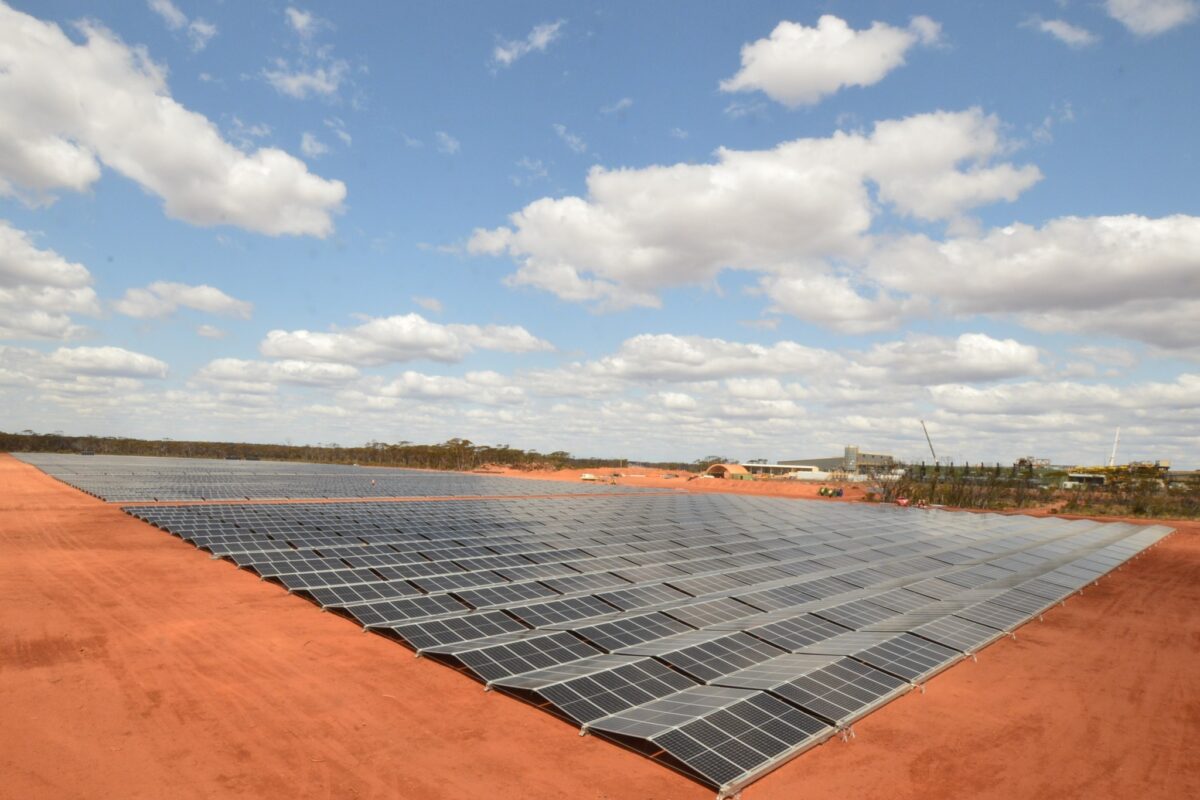


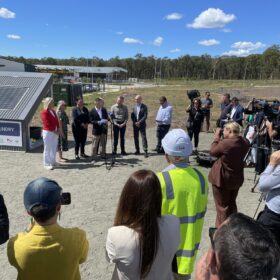

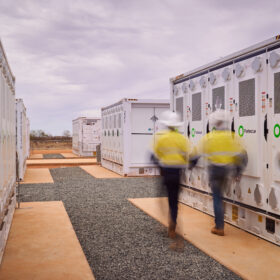
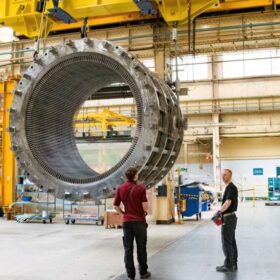
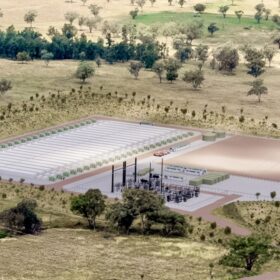
Our heat pump has been great, it didn’t cost anything like 3000. We have it hooked up we heat it up using its digital timing, during the day with our solar so it costs nothing to run.
I first sold and distributed heat pump hot water systems in 1991. Pretty much agree with every comment in this article. Three key points to iterate. First, poor design and poor quality of manufacture with consequent outcomes, with good reason, has jaundiced the market perception. Dont believe sales spiel Talk to a tech. There are commercial and residential quality systems available as alternatives. Second, yes, certain, one in particular, rorted the RECs subsidies mercilessly, only curtailed by the Xenophon/Birmingham Senate amendments to remove RECs from systems with 400 plus litres of HW storage. And this in itself was a lobby response, killing the growth of commercial systems instead of criminalising the rorts as it should have been. Common knowledge in the industry. STCs for commercial HW heatpumps should be revisited. Third, R&M. Time after time, a good system, carefully designed and tested to perform with service delivery and financial outcomes, has been neglected for routine maintenance. The system falls over and the technology gets badmouthed. Retired now, except for the odd consultancy, but delighted to document these comments for anyone with serious interest in addressing the issue or looking at system design and performance.
tried to post a very relevant comment but was auto cut as a duplicate comment.
Impossible.
Hi Geoff, I can see your comment below! Was that the one you meant? It is certainly relevant – thanks for sharing your experience. I think perhaps it just hadn’t shown up because we need to approve on our end first. Not sure why it said duplicate though…
You certainly make a good point re responses to rorting our certificate system as a knee jerk reaction impacting the commercial sector rather than addressing the actual issue. I’m glad to hear your experience with the (quality iterations) of heat pumps has been good! Hopefully they can get out for their somewhat smeared name in Australia.
Hi Geoff, I personally would love to get your formal feedback as I’m sure many like minded newbies would! How might me exchange contact details?